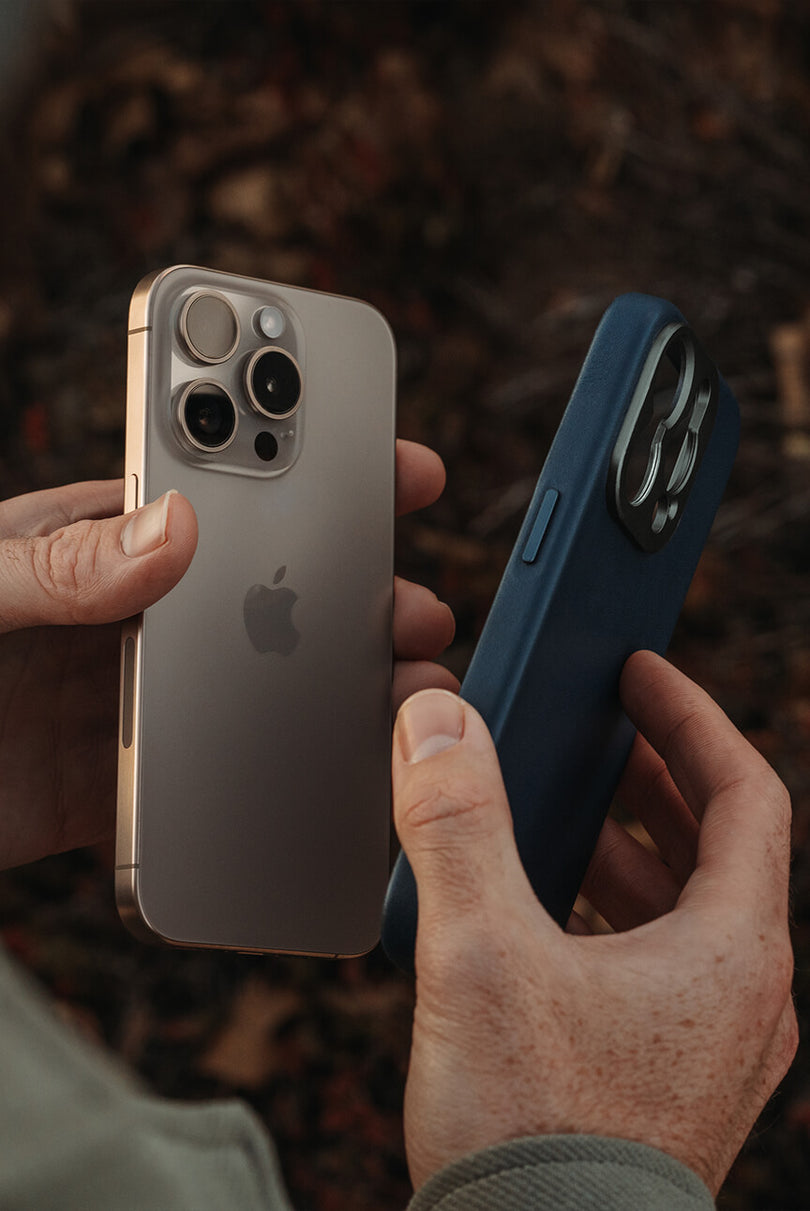A Guide to Contrast Photography
How to capture contrast photography with your iPhone.
What is Contrast Photography?
Contrast photography is a form of photography where the photographer manipulates tones, colors, and brightness in an image. The photos captured are often dynamic and bold.
In this guide, we will explore four types of contrast photography, learn how to implement these strategies in your photography, and discover well-known photographers who have made an impact in the world of contrast photography.
In this guide, we will explore four types of contrast photography, learn how to implement these strategies in your photography, and discover well-known photographers who have made an impact in the world of contrast photography.
Four Types of Contrast Photography
High Contrast
High contrast images will be those that emphasize differentiating light and dark tones. Every aspect of the photo is dramatic with dark shadows and dark highlights.
Low Contrast
Low contrast images will be light-toned and have little to no shadows. There is a subtle light hue covering the image.
Tonal Contrast
Tonal contrast images blend in with the darker and lighter areas of an image. These images focuses on every color of the spectrum and usually have one main focal point defined by the balance of colors.
Color Contrast
Color contrast images use the color wheel to implement complementary or contrasting colors, creating a bold effect.

How to Effectively Capture Contrast Photography
Once the four types of contrast in photography become more apparent, you can begin to apply them to the photos you capture. Before you start shooting, you should choose the type of contrast photography you want to use, capture your image, and then go into the editing process.
1. Choose Your Story and Type of Contrast Photography
Each type of contrast photography portrays a different mood and can play a significant role in storytelling through your photos. First, decide what story you want to tell, and then choose the type of contrast photography that best fits that story.
Here are descriptions of what each form portrays:
1. Choose Your Story and Type of Contrast Photography
Each type of contrast photography portrays a different mood and can play a significant role in storytelling through your photos. First, decide what story you want to tell, and then choose the type of contrast photography that best fits that story.
Here are descriptions of what each form portrays:
- High Contrast: Gives a dramatic and intense effect to images.
- Low Contrast: Provides a vintage look and evokes feelings of calmness.
- Tonal Contrast: Is the most grounded and offers a life-like, raw viewing experience.
- Color Contrast: Depends heavily on whether you use complementary or analogous colors. Complementary colors create a vibrant effect, while analogous colors provide a more peaceful look.
2. Optimizing iPhone Camera Settings
Exposure, white balance, and contrast are the main settings to adjust for your photo. Each setting is on an adjustable scale which makes it easier to increase or decrease the effect on your image.
- Exposure: Affects the overall brightness of an image.
- White Balance: Ensures the colors are displayed more naturally.
- Contrast: Can darken an image or make it lighter.
The iPhone has these three settings built in, but for more extensive editing, we recommend the ProCamera app or Lightroom App.
If you choose to shoot in black and white, we suggest applying the black and white filters included in the iPhone's camera app or downloading the Carbon app, which offers 57 different black and white filters
Enhancing Your iPhone with SANDMARC Gear
Perfect for capturing crisp shots for enhanced contrast.
Manage light and reflections with the Drama Filter.
Capture the expansive landscapes or cityscapes with the Wide Lens.
Three Iconic Contrast Photographers
1. Ansel Adams
Ansel Adams' photography is marked by a dark color scheme and shadowed images, making his style high contrast. He is best known for pioneering the zone system, an editing tool used to render photographs into monochromatic prints.
David Burdeny uses color contrast by photographing images with monochromatic coloring. He also utilizes soft-toned color palettes in his photos and plays with shapes to create unique imagery.
William Eggleston captures everyday life in the South through his vibrant yet naturally toned images, successfully employing low tonal contrast to naturally highlight focal points.
One thing to note is that William Eggleston and David Burdeny explore various forms of contrast photography in their work. This exemplifies the creative freedom in photography and the versatility of contrast photography.
It's best to try each form and see which one you enjoy shooting the most! Contrast photography is a lot of fun and is sure to add a creative flair to your photography style.
It's best to try each form and see which one you enjoy shooting the most! Contrast photography is a lot of fun and is sure to add a creative flair to your photography style.














